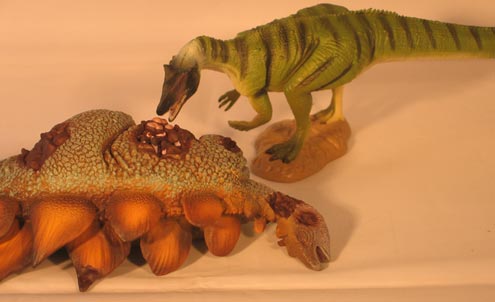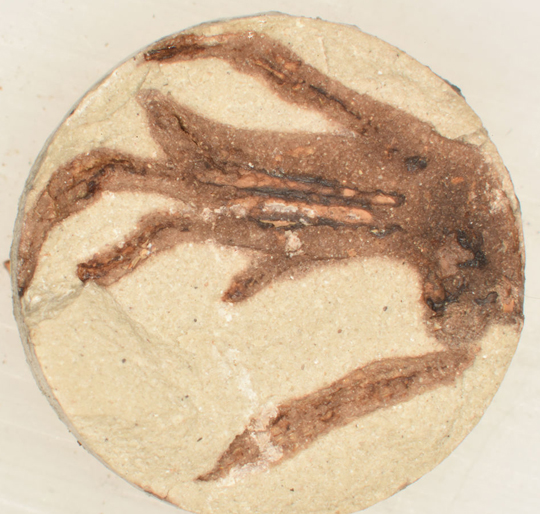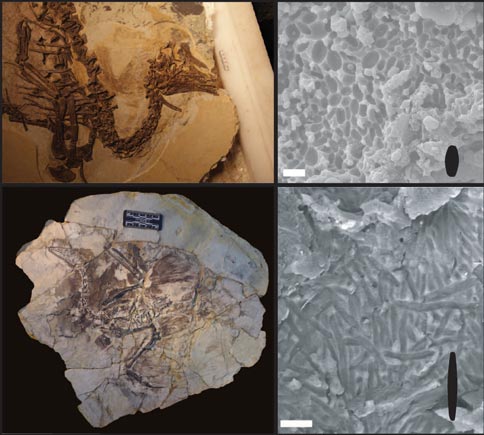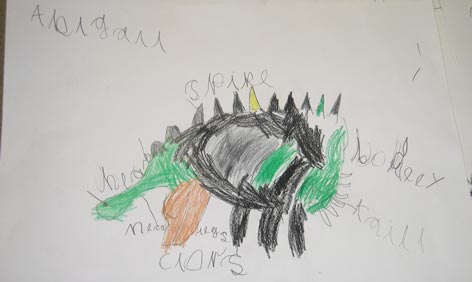Do It Yourself Taphonomy Some New Research
Scientists Learn to Make Fossils in 24-hours
Fossils help us to learn about life in the past and palaeontologists study fossils. Fossils can form in a variety of conditions, but scientists have discovered a new way to mimic key fossilisation processes in the laboratory. What might have taken tens of thousands, or even millions of years can be replicated in around twenty-four hours.
Explaining Taphonomy
Taphonomy is the branch of palaeontology that deals with the fossilisation process. Taphonomy involves studying how organisms become fossilised. Scientists have been able to build up a better picture about how the fossilisation process works. Perhaps, more importantly, this new research paints a picture about what kinds of materials can become fossils, from feathers and scales to tiny molecules like proteins and which materials can’t.
Writing in the journal of the Palaeontological Association “Palaeontology”, the researchers, which include scientists from the Field Museum of Chicago and Bristol University, found a way to improve simulations of the fossilisation process with modern-day animal and plant specimens.
The Scientists Mimicked the Fossilisation Process
Picture credit: The Field Museum (Chicago)
Lead author, Evan Saitta, a PhD student at the Field Museum, explained:
“Palaeontologists study fossils. We interpret them to learn about the evolution and biology of extinct animals, but the fossil record yields data that can be hard to interpret. For us to answer our questions, we need to understand how fossils form. The approach we use to simulate fossilisation saves us from having to run a seventy-million-year-long experiment.”
Working Backwards
Palaeontologists can learn about the fossilisation process by finding fossils and then chemically analysing them. However, these researchers worked backwards, finding a way to simulate the fossilisation process and then studying the materials that survived the heat and pressure used to create the fossil in the first place.
Bird feathers, lizard limbs and leaves were put into a hydraulic press to pack them into clay tablets, just a few millimetres in diameter. These tablets were baked in a sealed metal tube inside a laboratory oven heated to over 400 degrees Fahrenheit and at 3,500 psi pressure. After a day, the tablets were examined and they produced specimens that are reminiscent of fossils that take millennia to make.
Student, Evan Saitta stated:
“We kept arguing over who would get to split open the tablets to reveal the specimens. They looked like real fossils, there were dark films of skin and scales, the bones became browned. Even by eye, they looked right.”
At the Start of the Fossilisation Process

Picture credit: Everything Dinosaur
The picture above shows a Saurophaganax and a Stegosaurus corpse model in the CollectA Prehistoric Life model range.
To view this range of prehistoric animal figures: CollectA Prehistoric Life Models.
Easy Bake Fossils
The laboratory-made “fossils” were examined under a scanning electron microscope. The researchers could identify exposed melanosomes, the structures that contain the biomolecule melanin that gives feathers and skin their colour. Less stable materials such as proteins and fatty tissues did not show up in the laboratory specimens, these materials are usually absent from fossils found in the field too.
Evan Saitta added:
“Our experimental method is like a cheat sheet. If we use this to find out what kinds of biomolecules can withstand the pressure and heat of fossilisation, then we know what to look for in real fossils.”
This is not the first attempt to mimic the fossilisation process under artificial conditions, but as one of the authors of the scientific paper explained “I think we are the first ones to get it pretty darn close”.
Previous experimental attempts to cook up fossils in sealed tubes didn’t work because the unstable biomolecules that naturally break down, leak out, and disappear during fossilisation, but in these experiments, these materials stayed trapped. With this new method, the breakdown products remain entombed within the artificial sediment.
The Implications for the Study of Dinosaurs
The researchers are excited by the possibilities that their new experimental method unlocks. Exceptional dinosaur fossils don’t just contain hard materials like bones and teeth, soft tissues can be preserved too. These often carbonaceous films provide important data, so it is important to understand how these materials are preserved.
Learning How to Simulate Fossil Production Can Improve Our Understanding of Taphonomy
Picture credit: Li et al
Everything Dinosaur recognises the contribution of a press release from the Field Museum (Chicago) in the compilation of this article.
Visit the Everything Dinosaur website for models of iconic fossil animals: Learning – Everything Dinosaur Fossil Replicas




